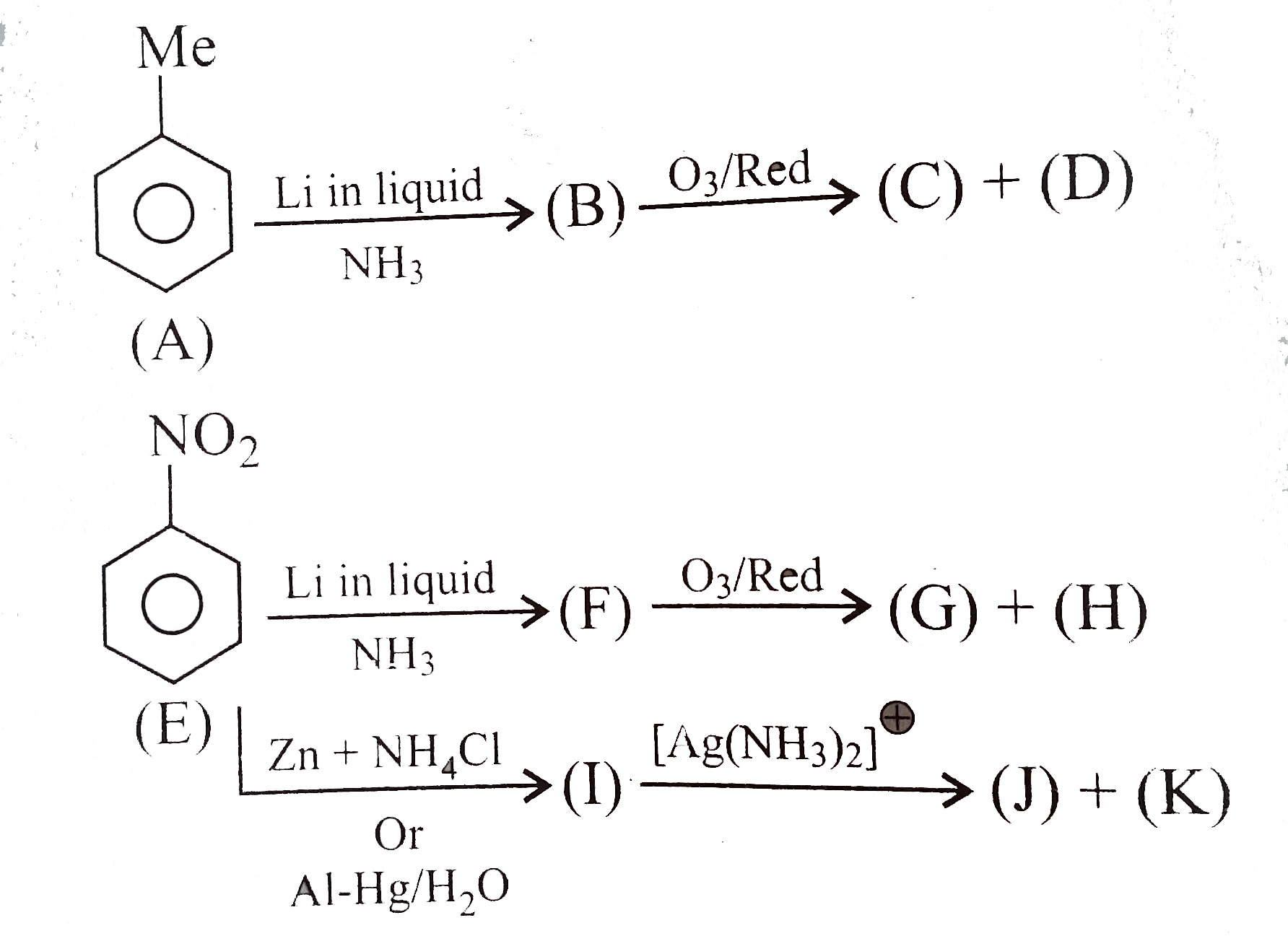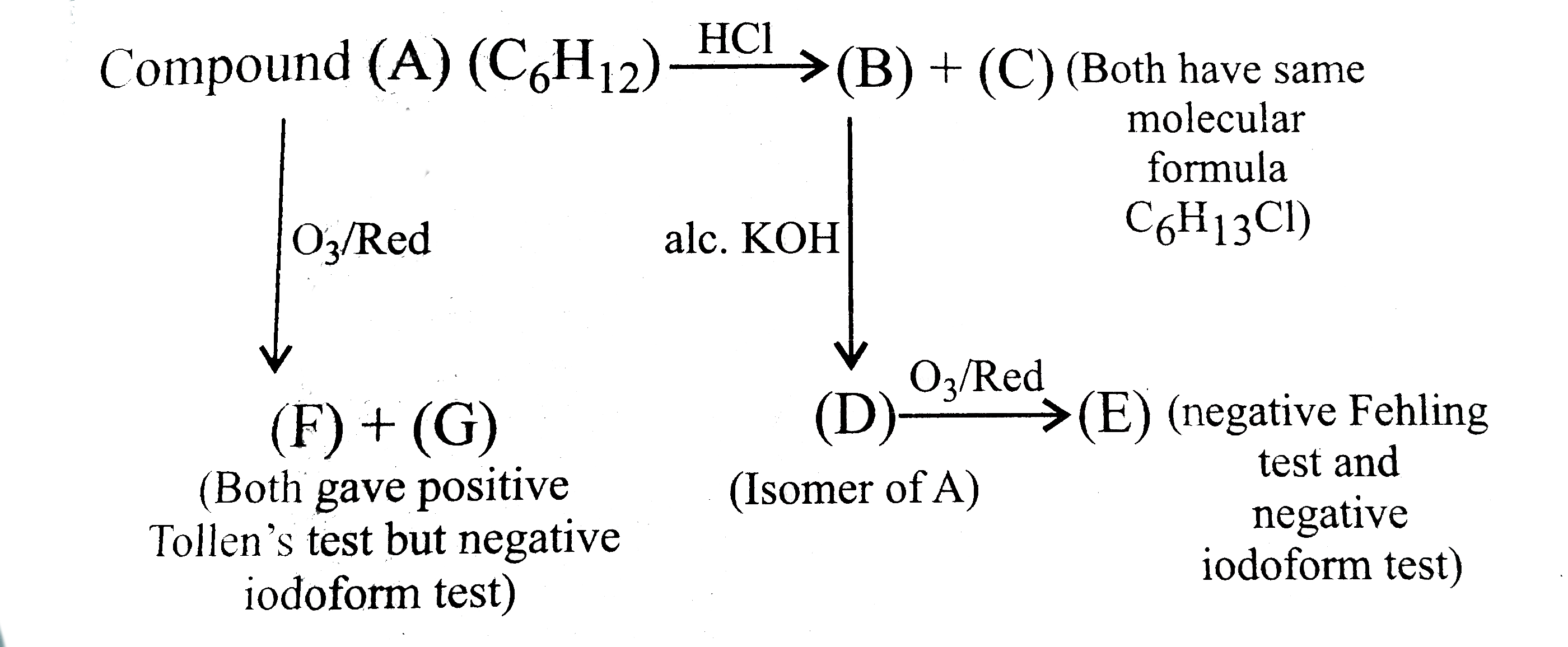
The compounds (B) and (C ), respectively, are:
A
a.
B
b.
C
c.
D
d.
Text Solution
The correct Answer is:A
1 DU in (A) shows that (A) contains one (C=C) bond. The position of the (C=C)bond has to be located.
the number ofCatoms in(A),(B),(C)and(D)would be six.
(D) on ozonolysis given only one compound (E). It means that two moles of (E) containing three C atoms have formed.
Three-C ketone which gives iodoform test can be only acetone (MeCOMe). (It cannot be an aldehyde since it gives a positive Tollens test).
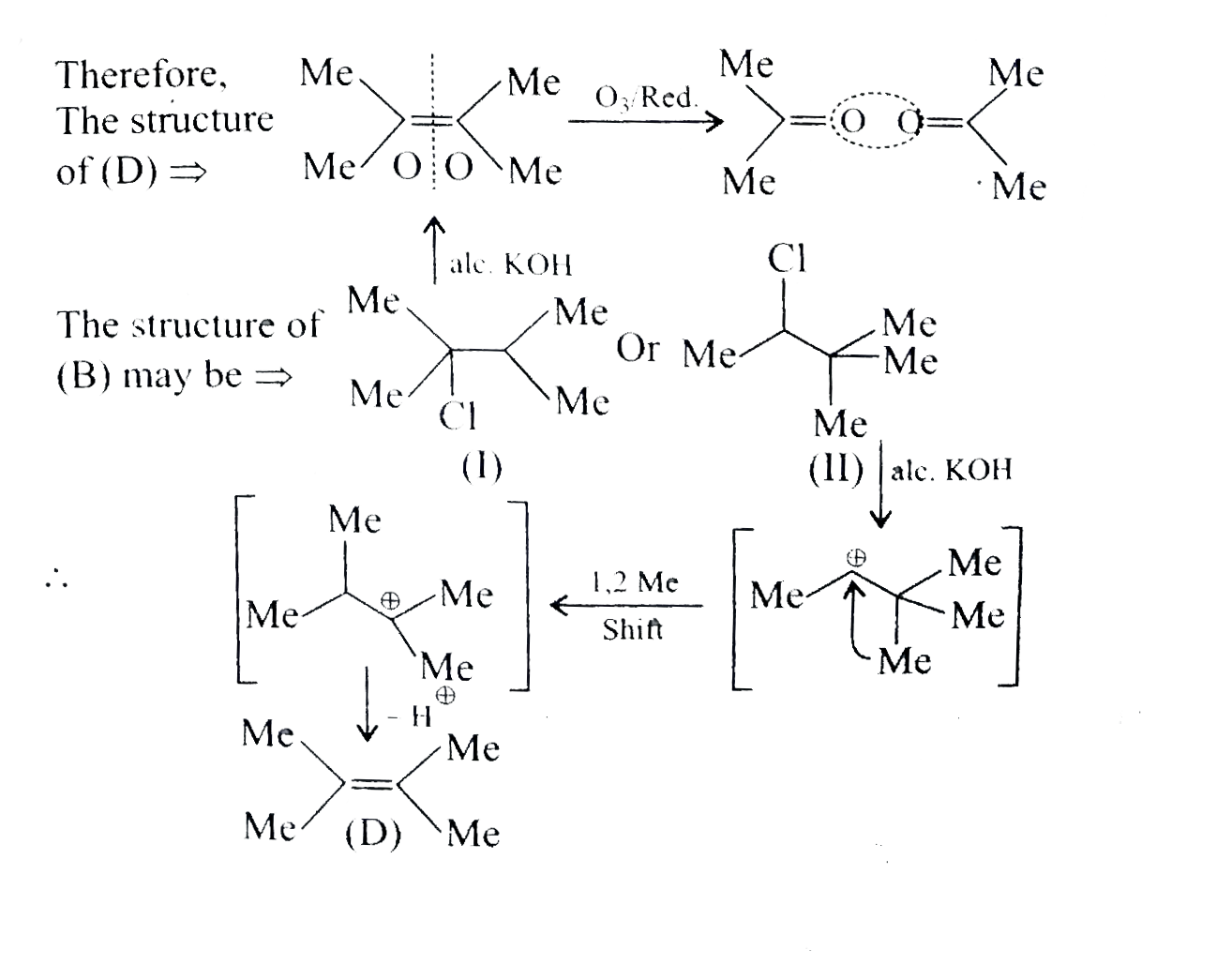
|
Topper's Solved these Questions
- REDUCTION AND OXIDATION REACTION OF ORGANIC COMPOUNDSBOOK - CENGAGE CHEMISTRY ENGLISHCHAPTER - REDUCTION AND OXIDATION REACTION OF ORGANIC COMPOUNDSEXERCISE - Exercise (Multiple Correct)
35 Videos
- REDUCTION AND OXIDATION REACTION OF ORGANIC COMPOUNDSBOOK - CENGAGE CHEMISTRY ENGLISHCHAPTER - REDUCTION AND OXIDATION REACTION OF ORGANIC COMPOUNDSEXERCISE - Exercise (Single Correct)
90 Videos
- REDUCTION AND OXIDATION REACTION OF ORGANIC COMPOUNDSBOOK - CENGAGE CHEMISTRY ENGLISHCHAPTER - REDUCTION AND OXIDATION REACTION OF ORGANIC COMPOUNDSEXERCISE - EXERCISES
1 Videos
- QUALITATIVE INORGANIC SALT ANALYSISBOOK - CENGAGE CHEMISTRY ENGLISHCHAPTER - QUALITATIVE INORGANIC SALT ANALYSISEXERCISE - Viva Voce Questions And Part-C (Analysis Of Cations)
42 Videos
- SOLID STATEBOOK - CENGAGE CHEMISTRY ENGLISHCHAPTER - SOLID STATEEXERCISE - Ex 1.2 (Objective)
9 Videos
Similar Questions
Knowledge Check

The compound (B) and (C ), respectively, are:Aa. Bb.
Bb. Cc.
Cc. Dd.
Dd.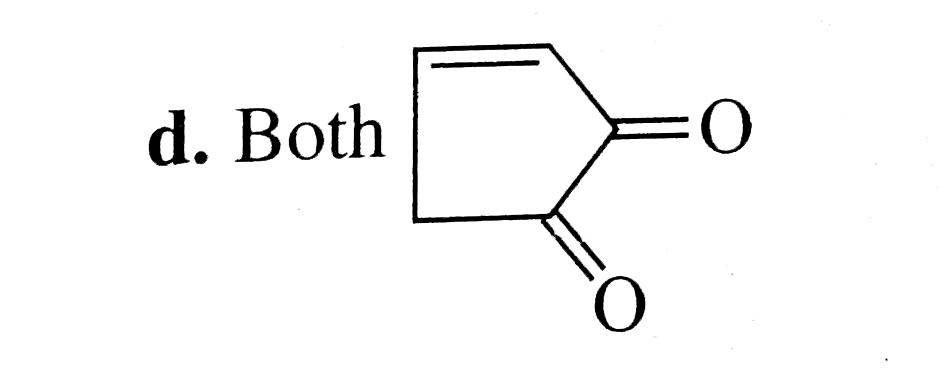
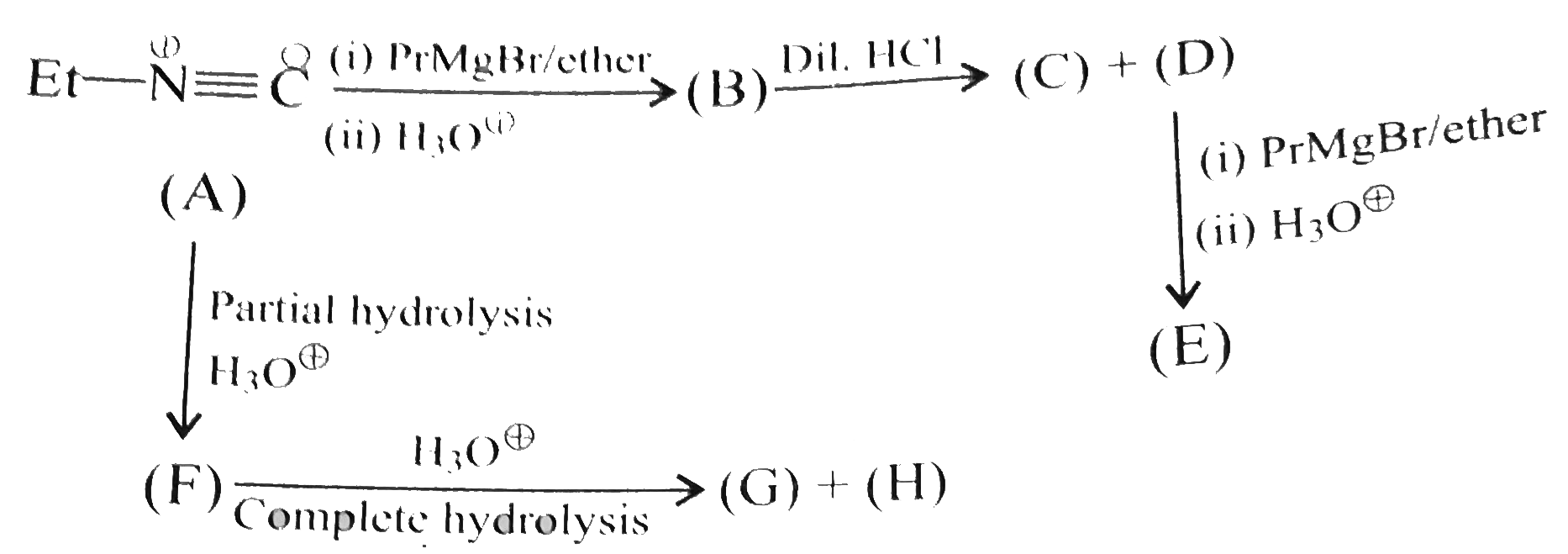
The compounds (C) and (D), respectively, are :AEtNH2 and PrCH=OBEt−NH−Pr and HCOOHCPrNH2 and EtCH=ODEtNH2 and PrCH2OH.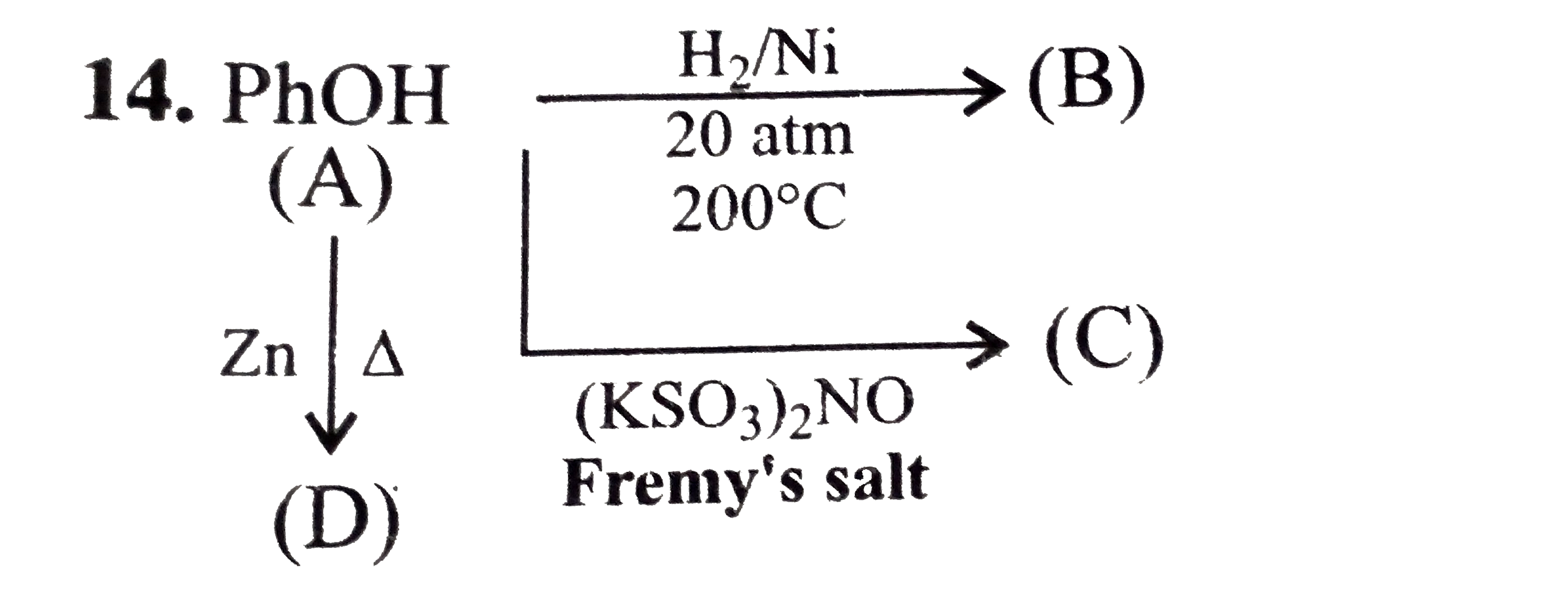
The compounds (B), (C ), (D), respectively are:ACyclohexanol, benzene, and p-quinoneBBenezene, cyclohexanol, and p-quinopneCp-Quinoue, cyclohexanol, and benezeneDCyclohexanol, p-quinone, and benzene

The compounds (B), (C ), (D), respectively are:
View SolutionThe reaction of H3N3B3Cl3(A) with LiBH4 in tetrahydrofuran gives inorganic benzene (B). Further, the reaction of (A) with (C) leads of H3N3B3(Me)3. Compounds (B) and (C) respectively , are :
View SolutionThe reaction of H3N3B3Cl3(A) with LiBH4 in tetrahydrofuran gives inorganic benzene (B). Further, the reaction of (A) with (C) leads of H3N3B3(Me)3. Compounds (B) and (C) respectively , are :
View Solution
Compounds (C ) and (D) respectively are :
View Solution
Compounds (A) and (B) respectively are :
View Solution

